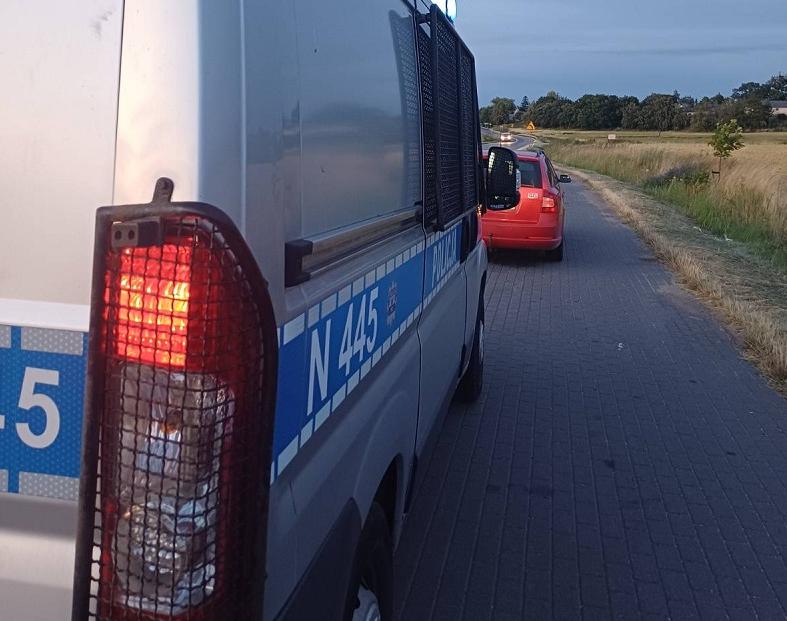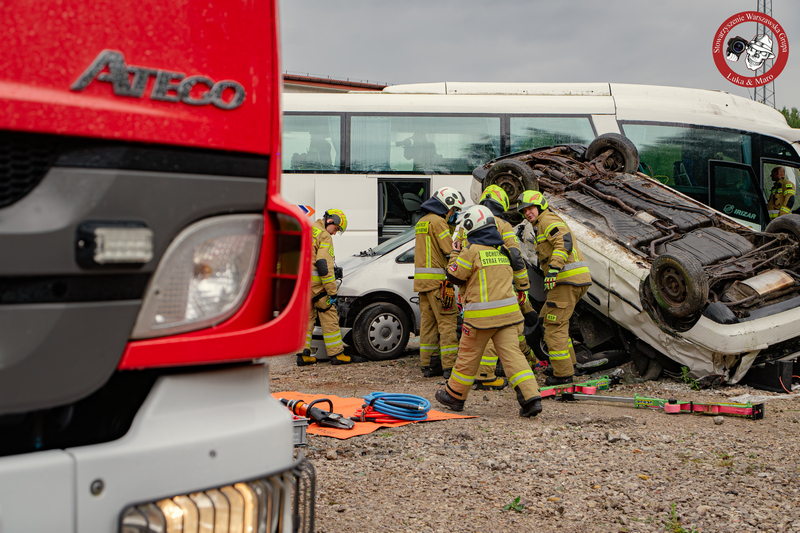
Fishing in a pill
- 1920 - 0.8 thousand. “The Baltic fleet is just being organized – 55 motor boats and < 1,000 rowing boats.
- 1938 - 2.5 1000 t - tiny scale and mostly Baltic; first long sea cruise to Barents Sea
- 1950 - 131,000 t - Jump after the war; obtaining a long coastline, developed enterprises and fishing farms, beginning fishing outside the Baltic
- 1960- 328,000 t - Deep-sea fleet development; first trawlers-factories
- 1970- 660 1000 t - Poland in the world's top (land of Iceland, Labrador, Africa Zach.)
- 1975 (record) - 817 1000 t - Credit Gierkowski brings fruit - 74% of 130 ships operating outside the Baltic.
- 1980 - 780,000 tons - somewhat less. Gold cod period’ – cod alone 123 1000 t mir.gdynia.pl
- 1990 - 580,000 t - It falls due to the country's debt and after the introduction of 200-mile EEZ and the failure of deep-sea fisheries.
- 1999 - 205,000 tons - strong meat competition, half 4× smaller than in the evidence 1975.
- 2003 - The Baltic dominates, but the force on resources increases
- 2010 - 168,000 t - The long sea fleet is tiny (4 units)
- 2020 - 162,000 t - Prohibition of directed fishing for cod, fleet shifts to herring and sprat
- 2023 - 170 000 t - Smaller Baltic fisheries, although a slight increase in deep-sea fisheries
Data relate to national landings from sea and inland fisheries (fish, crustaceans, molluscs); production from ponds and farms (aquaculture) is not included in this list.
Main stages and causes of change
- Interwar period – respective 100 tons to respective 1000 - Poland had only ~140 km of coast and a tiny fleet of Kashubian masoperies; fishing more conventional than industrial ones. The first attempts to fish outside the Baltic (legs of herring) only at the end of the 1930s.
- Postwar boom (50.–60.) - Reconstruction of ports (Gdynia, Szczecin, Świnoujście) and construction of enterprises. buying and construction of refrigerated and mill trawlers; entry to the North-East Atlantic fisheries.
- Fishing grows from ~130 1000 t (1950) to > 300 1000 t (1960).
- The summit of the 1970s – 800 000 t and “flota on all oceans”
- The 1975 Game Summit (817 1000 t). "The Polish fisherman fishes from Iceland to Namibia; only 26% of landings go to the Baltic.
- Breakdown after 1977 (zones 200mm)
- Coastal countries have closed their fisheries in exclusive economical zones.
- Fishing falls by > 30 % in 3 years; the fleet shifts to Africa Zach., Falkland Islands, then begins to shrink further.
- 1989-2004 - land animal meat boom changes the diet of Poles, simplification of fuel subsidies, rising licensing costs. In 1999, only ~200,000 t.
- After EU accession, stabilisation but at a low level
- TAC quotas in the Baltic, ship scrapping programmes; in 2010 the deep sea fleet is only 4 vessels.
- As of 2015, catches oscillate around 150-170 1000 tons per year, mainly sprat and herring.
- In 2020, the full ban on commercial fishing for Baltic cod is exacerbated by a decrease in the value of catches, although the volume is maintained by pelagic species.
What affects today's level (approximately 170 000 t)
- EU and ICES TAC limits - set for cod, salmon and herring limit possible volumes.
- State of cod and salmon stocks - The biological breakdown of these stocks forces a moratorium or very low quotas.
- Fleet condition - Older coastal boats, tiny (3–4) far sea fleet.
- Economics - advanced fuel/license costs make any quotas unused.
- Diversification - The expanding share of aquaculture (carp, trout, Atlantic salmon in recirculation) - present is 45,000 t, but it is already another sector, not saving the full by weight
Summary
1918-1939 – craft sizes of respective 1000 tons.
1950-1975 – industrial boom ending with a evidence of 817,000 tons.
1977-2000 – a sharp decrease to ~200 000 tonnes after the failure of fisheries and food changes of Poles
Since 2000, a stabilisation of 150-170 1000 tonnes, with the dominance of pelagic fishing in the Baltic and a marginal ocean fleet.
Today's Polish fisheries are so 4-5 times smaller than in the 1970s, and its structure has moved from oceanic expeditions “after all” to specialised, mainly Baltic herring and sprat fisheries, supplemented by increasingly crucial aquaculture, which does not change the fact that it is hard to eat quite a few fish present due to the deficiency of supply affecting their costly prices.

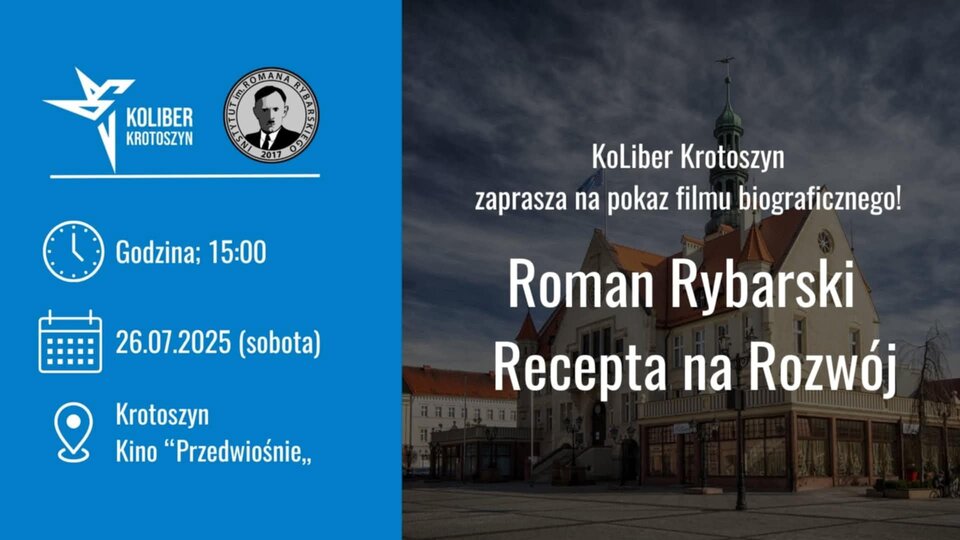







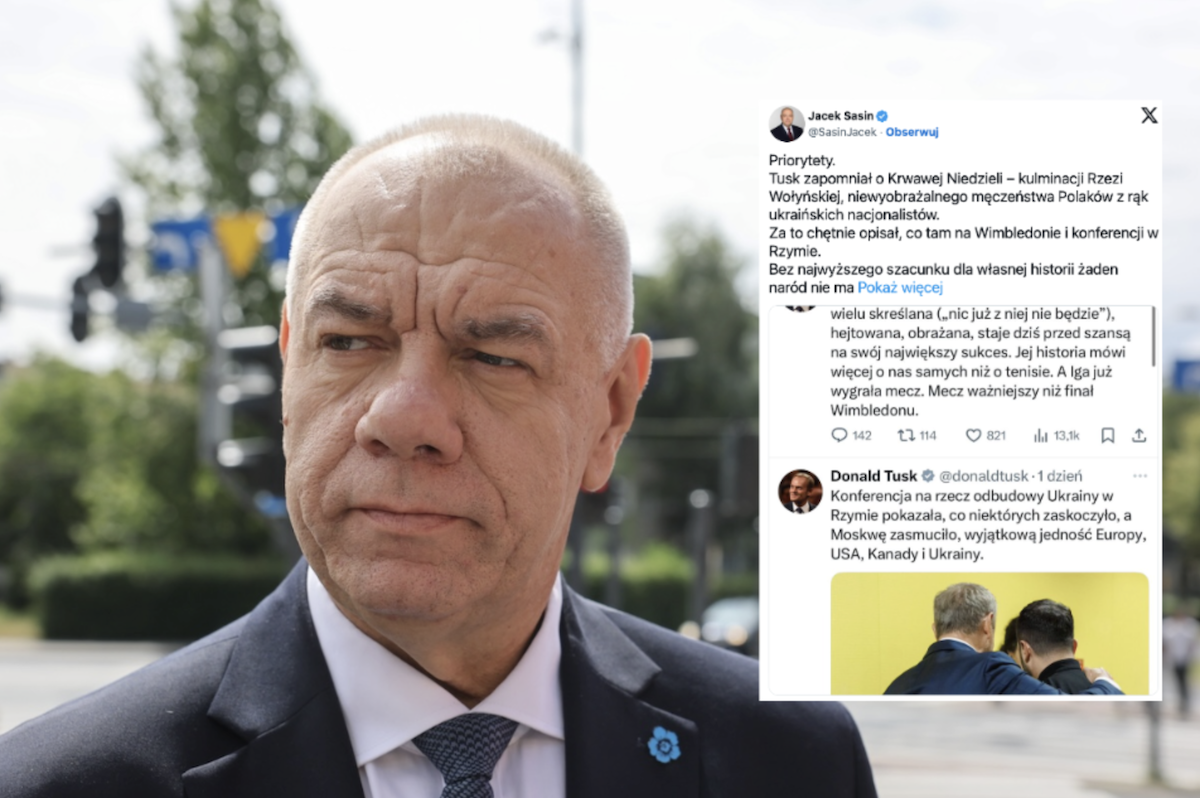
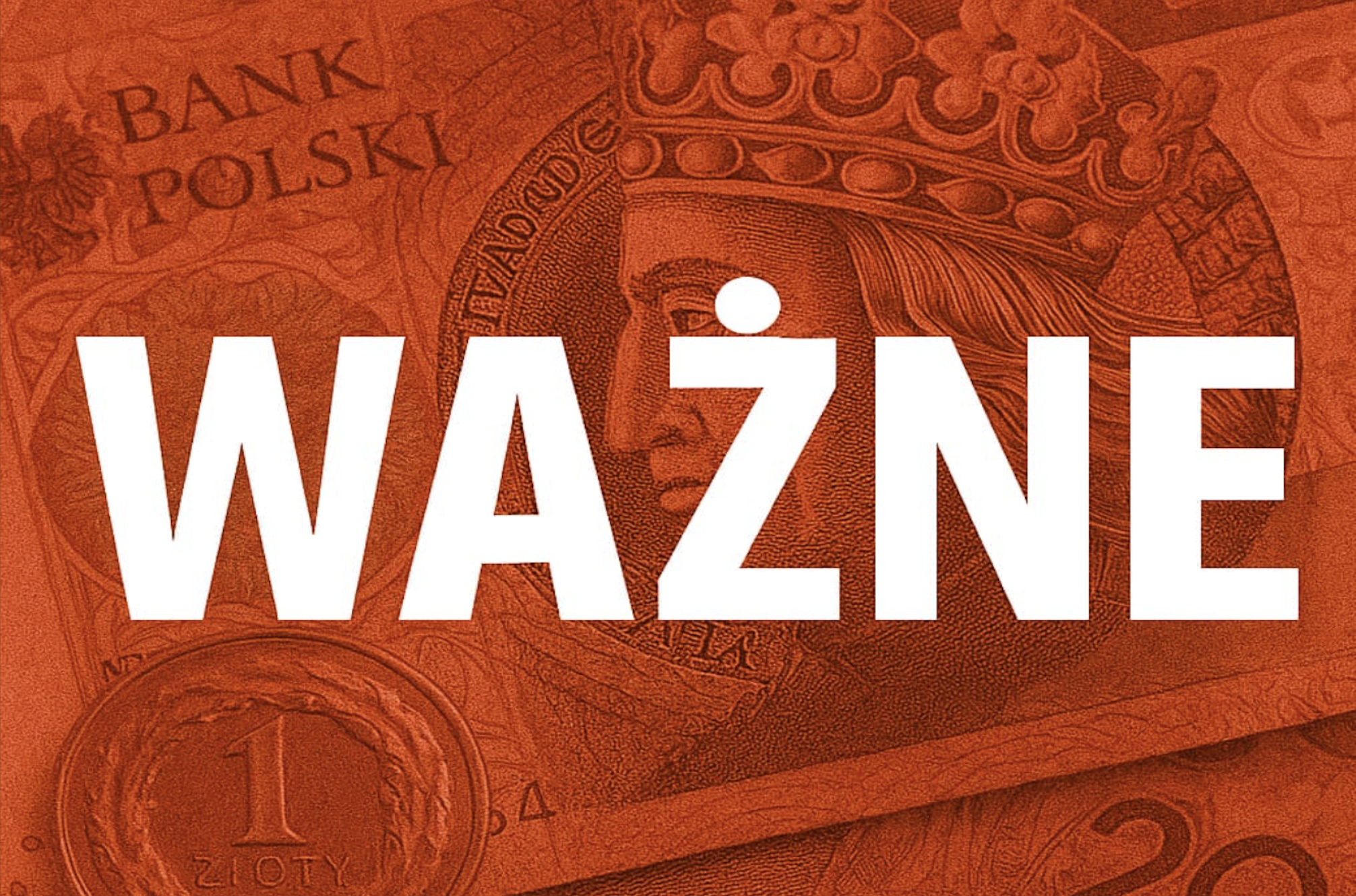

![Mural na 15-lecie Mariackiej świeci. Zrobiła go Ania "Grube Linie" z Katowic [Zdjęcia]](https://www.wkatowicach.eu/assets/pics/aktualnosci/2025-07/DJI_20250712213202_0641_D_Du%C5%BCy.jpeg)

